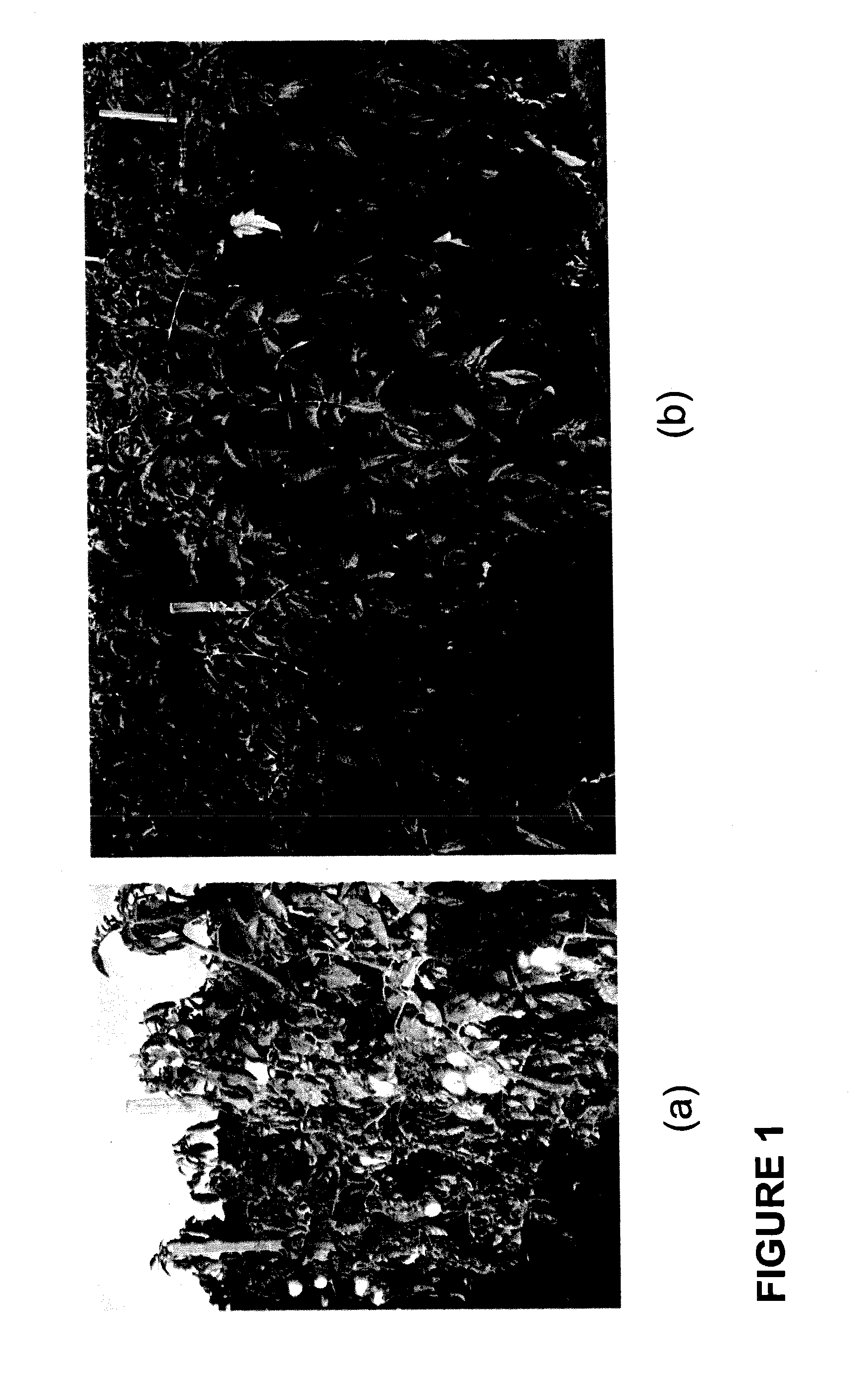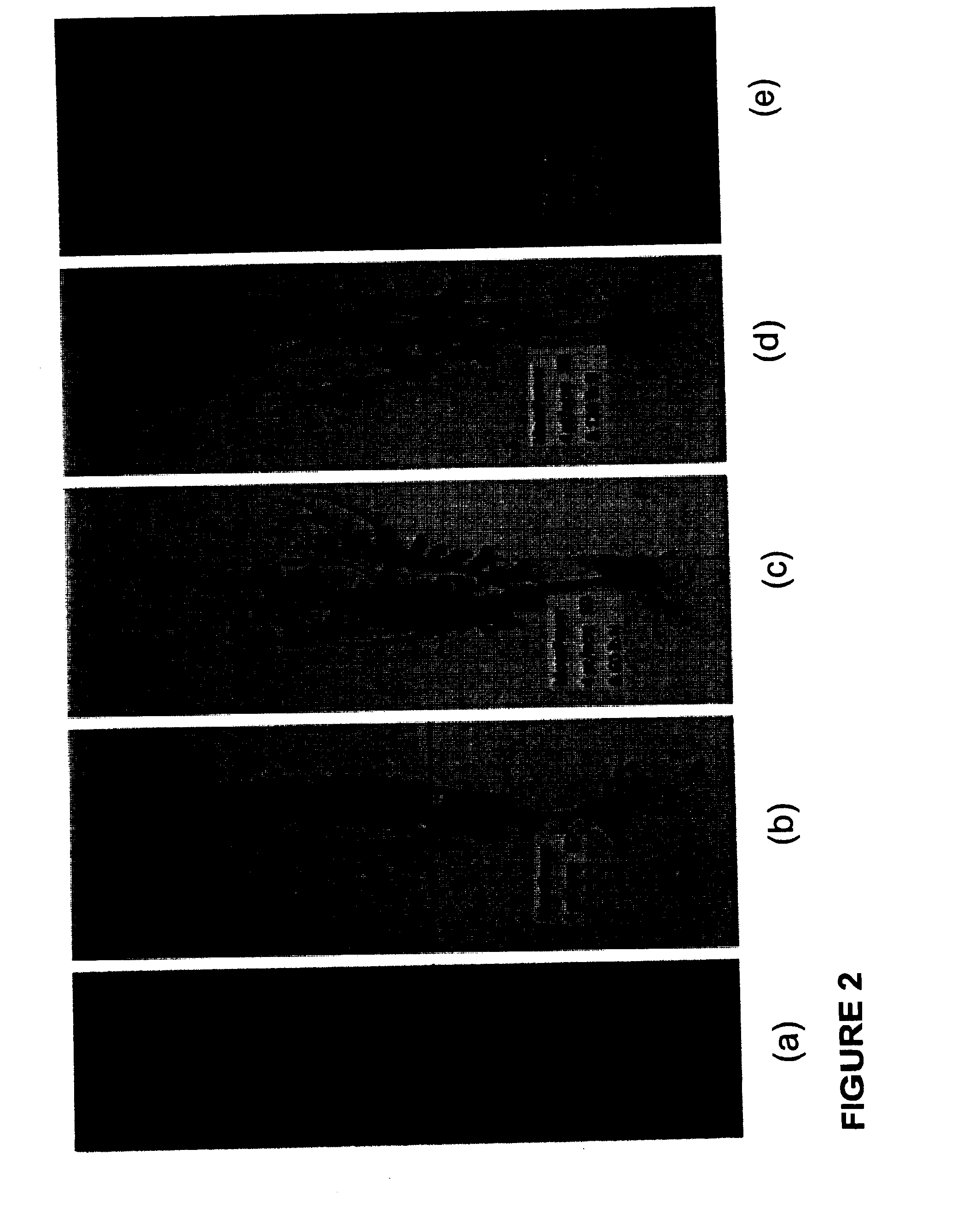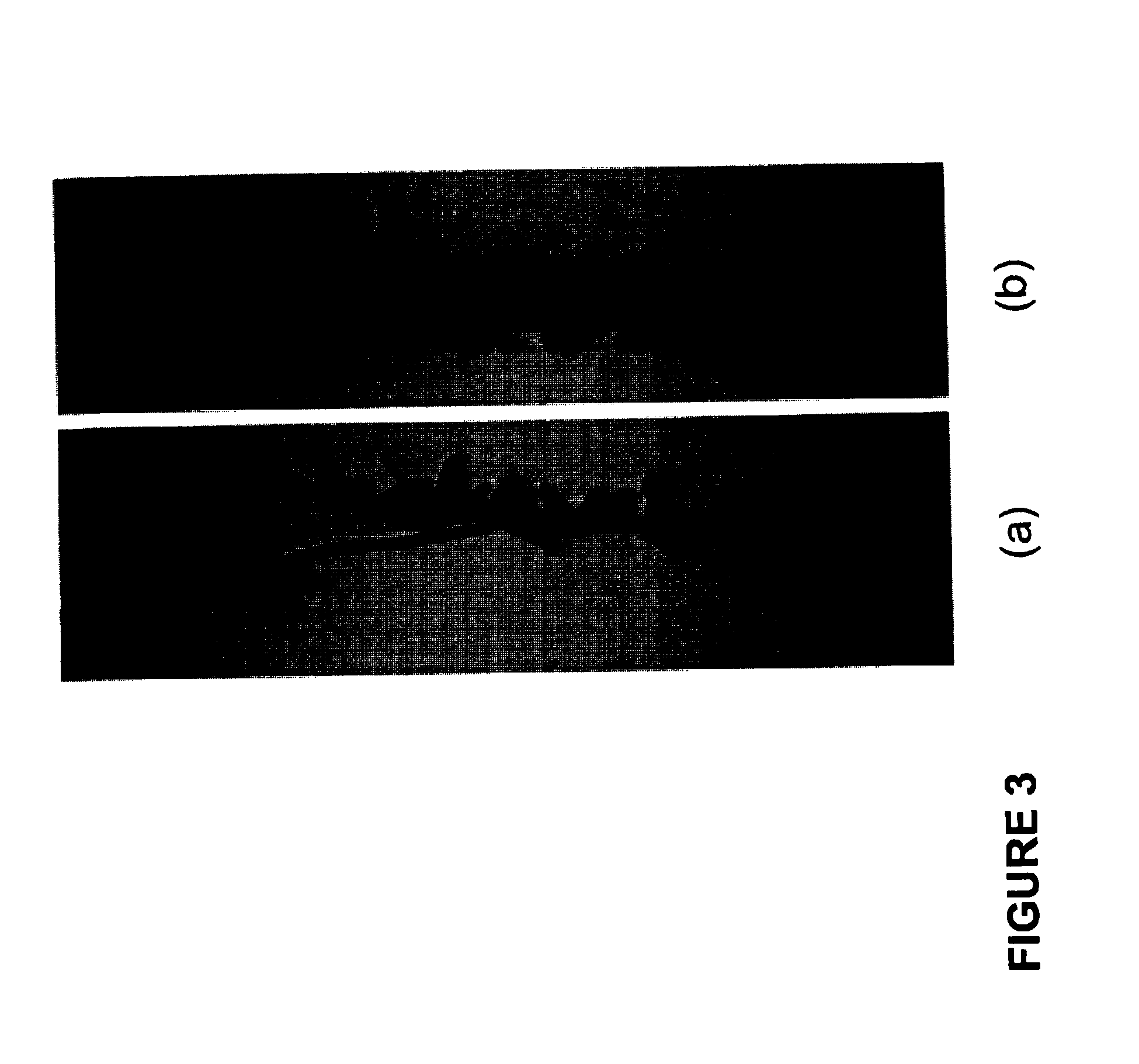Plant Growth Enhancing Mixture and Method of Applying Same
a plant growth and mixture technology, applied in the field of plant growth enhancement mixtures, can solve the problems of unnatural and possibly harmful to the environment, unsatisfactory methods and compositions, and many public resistance, and achieve the effects of increasing the extent of cellular division and development, strengthening both weak flowers, and increasing the extent of plant growth
- Summary
- Abstract
- Description
- Claims
- Application Information
AI Technical Summary
Benefits of technology
Problems solved by technology
Method used
Image
Examples
example 1
[0041]In this example, the effect of the plant growth enhancing mixture on the growth of field-planted soybeans was studied. The cultivar of soybean planted was Vernal. These soybeans were sown Jun. 1, 2009, in a Weslaco, Tex. field prepared according to state recommended fertilization practices for planting soybeans. A plant growth enhancing mixture of a preferred implementation was applied to soil in which the field-planted soybeans were growing at the reproductive (i.e., R2) stage of growth. This plant growth enhancing mixture had kinetin as the cytokinin at 0.03% and GA3 as the gibberellic acid (i.e., gibberellin) at 1.0%. The plant growth enhancing mixture (without minerals) was dispersed through drip irrigation at the rate of 2 pts / acre. Liquid nitrogen fertilizer (i.e., 50% urea and 50% ammonium nitrate) was applied through the drip irrigation system in three applications of 30 lbs. per acre of nitrogen each (i.e., 33.6 kg / hectare) for a total application of 90 lbs. per acre ...
example 2
[0043]In this example, the preferred implementation of the cytokinin and gibberellin of the plant growth enhancing mixture of Example 1 were applied via drip irrigation to Spanish onions. The plant growth enhancing mixture (without minerals) was applied at a rate of 3 pts per acre into the soil in which the Spanish onions had been transplanted in Ethiopia, Wash. on Mar. 3, 2010. In addition to the state recommended soil preparation (i.e., fertilization) for the transplantation of onion plants, the plant growth enhancing mixture included a nitrogen side dressing that was applied to the soil at a rate of 10 lbs. nitrogen per acre at 10 weeks, 12 weeks and 14 weeks after transplantation of the onion plants. The Spanish onions were harvested on Jul. 29 2010. The four replicate experiments yield a total of 39,498 lbs. of onions (Duncan's p=0.05 New Multiple Range Test) while the four replicate control experiments yielded a total of 21,725 lbs. of onions. Thus, the treated onions had an 8...
example 3
[0044]In this example, the effect of the plant growth enhancing mixture treatment on tomato plants was studied. As shown in FIG. 1, the tomato plant (a) on the left was not treated with the cytokinin and gibberellin of the plant growth enhancing mixture of Example 1 while the tomato plant (b) on the right is shown at four weeks after such treatment. As is readily evident to one of ordinary skill in the art, the treated tomato plant (b) is much greener (i.e., darker), healthier and better developed, and has more tomatoes, than the untreated tomato plant (a).
PUM
| Property | Measurement | Unit |
|---|---|---|
| depth | aaaaa | aaaaa |
| area | aaaaa | aaaaa |
| weight | aaaaa | aaaaa |
Abstract
Description
Claims
Application Information
 Login to View More
Login to View More - R&D
- Intellectual Property
- Life Sciences
- Materials
- Tech Scout
- Unparalleled Data Quality
- Higher Quality Content
- 60% Fewer Hallucinations
Browse by: Latest US Patents, China's latest patents, Technical Efficacy Thesaurus, Application Domain, Technology Topic, Popular Technical Reports.
© 2025 PatSnap. All rights reserved.Legal|Privacy policy|Modern Slavery Act Transparency Statement|Sitemap|About US| Contact US: help@patsnap.com



